FMS simulation (cont.)
Last time I saw that as a function of photon's distance from the beam line, reconstructed photon position is pushed further away from the beam. More quantitatively, the claimed displacement can be as high as ~0.5 cell size at the outer edges of the small cell detector.
It turns out that this is due to a bug in my code. Basically what's wrong is about the primary vertex. For the simulation, Pythia events were generated with Gaussian distribution (sigma = 60 cm), and all the simulated particles were projected to the FMS based on the generated vertex. But after photon reconstruction, photon momentum were calculated assuming vertex is at 0. While the FMS triggered events have mean of vertex Z at -20.86, as shown below in figure 1, the projection of reconstructed photons on to the FMS is pushed away from the beam.
Figure 1. Vertex Z distribution of FMS triggered Pythia. Generated Pythia events have Gaussian vertex Z distribution with mean = 0 and sigma = 60 cm. Accepted events' vertex is pushed further away from the FMS by ~20.86 cm.
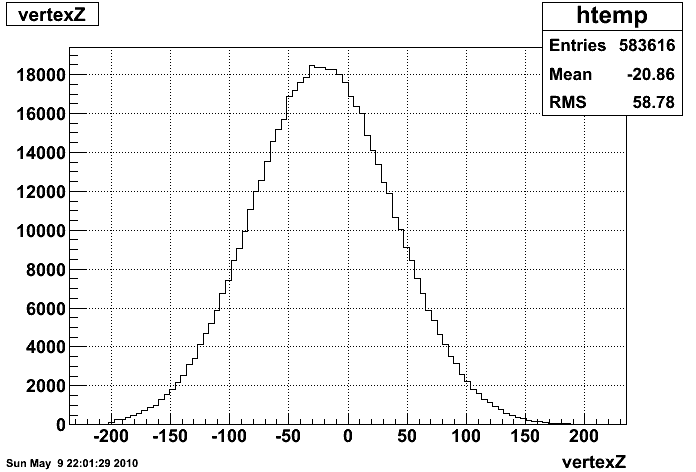
After fixing the above bug, I then looked again at how much the reconstructed photon is pushed away from the beam due to incident angle effect.
Figure 2. Distribution of the difference of photon reconstructed distance to beam and simulated distance to beam in x direction (|x|_rec - |x|_sim) for each cell. The north and south detectors are sumed together as they are very close. Here we can see clear increase of the displacement as the photon is further away from the beam.
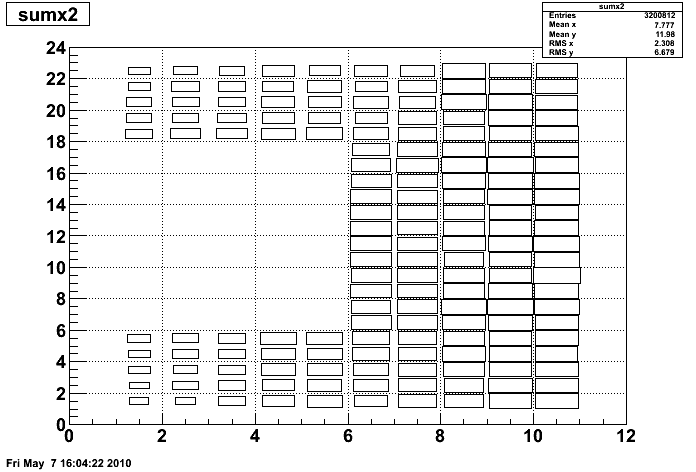
Figure 3. This is the plot for the y direction. The trend is similar to the x direction in figure 2.
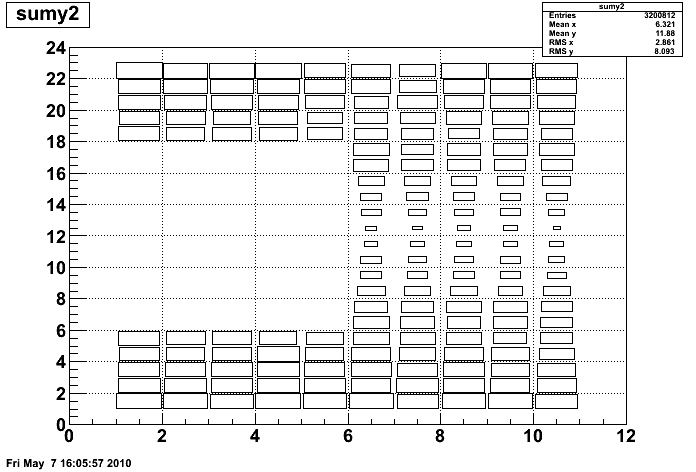
Figure 4. Reconstructed photon displacement as a function of photon distance to the beam for both x and y direction. Red points are for x direction and blue points are for y direction. The units in the y axis of the plot is cm. Although the trend as a function of the distance to the beam is very clear as shown in figure 2 and 3, the magnitude of the displacement turns out to be very small, as high as ~0.35 cm (9% of cell size) at the outer edges.
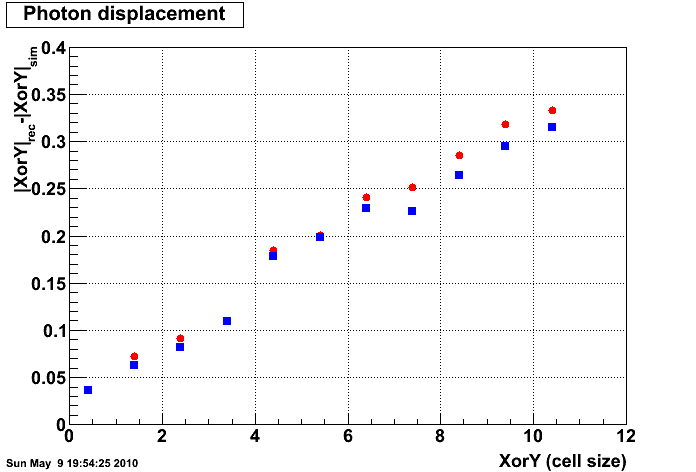
Figure 5. Reconstructed two-photon invariant mass distribution. Here both photon are required to be associated with a simulated track and the simulated tracks have a common parent. Now there is no more mass shift for the pi0 in simulation.
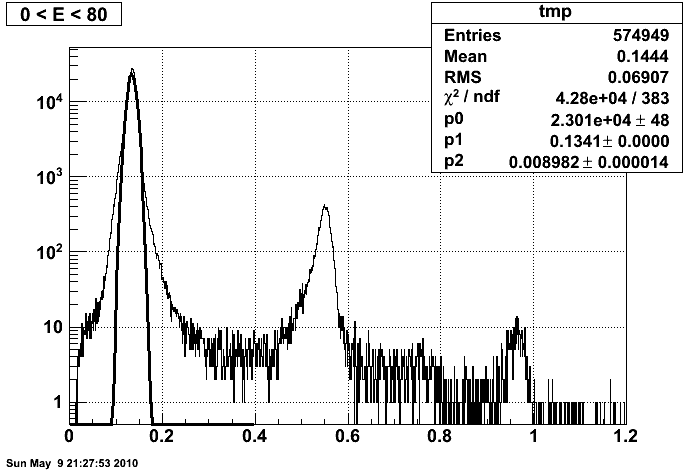
Figure 6. Pi0 invariant mass distribution in different energy bins. No mass shift at all when the primary vertex is taking into account.
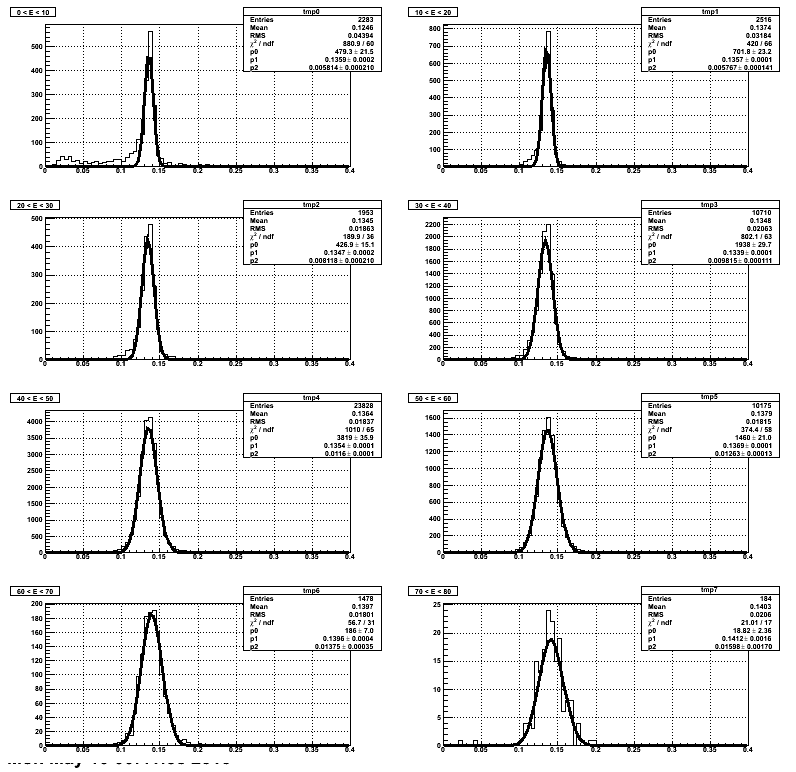
Figure 7. Pi0 invariant mass distribution in different energy bins when assuming vertex is at 0. A 2% per 10 GeV mass shift is seen.
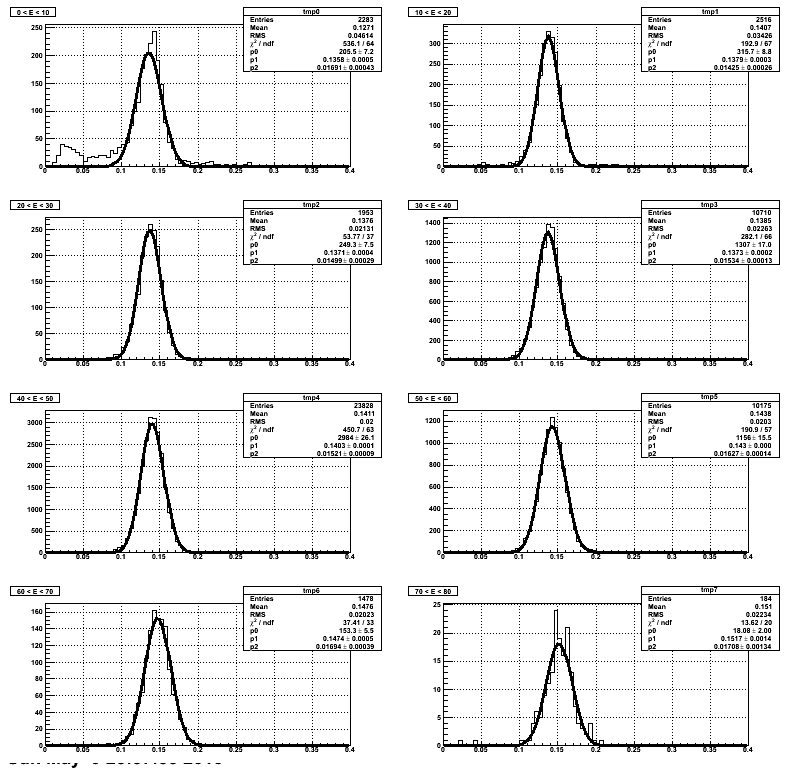
Figure 8. Pi0 invariant mass distribution in different energy bins when assuming vertex is at -20.86 cm. Mass shift doesn't go away.
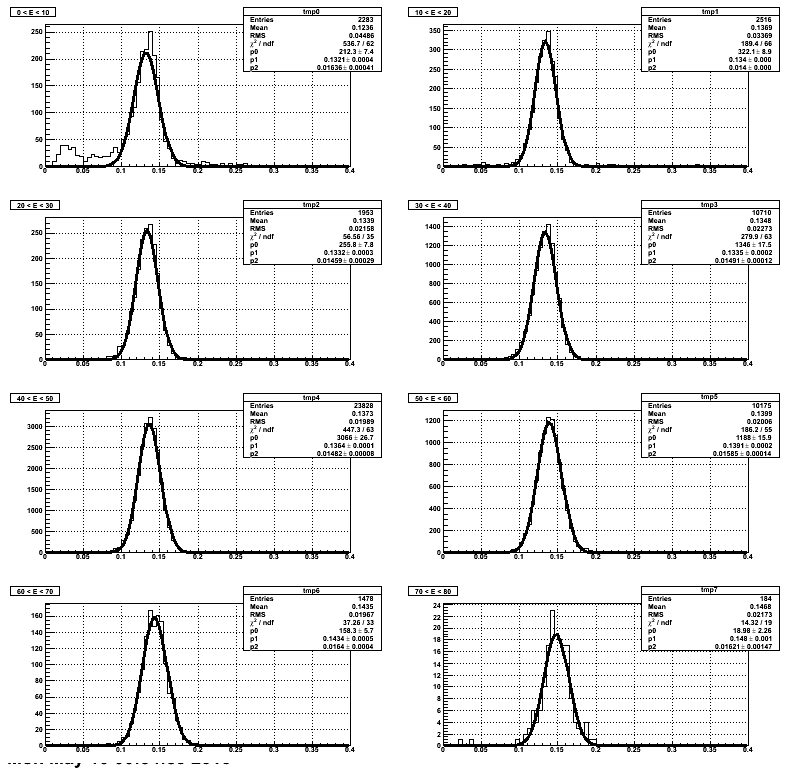
As a brief summary. First, the incident angle effect on the reconstructed photon position is small, with maximum displacement of reconstructed photon 9% cell size away from the beam line near the outer edge of the small cell detector. Second, the 2.5% per 10 GeV mass shift in simulation seen before is purely due to the fact that FMS trigger tends to accept more events further away from FMS because photon multiplicity increase with higher rapidity.
Figure 9 and 10. Energy dependence of reconstructed photon displacement in x direction (I've checked that y direction is the same) for cells that are close to the beam (Figure 9)and away from the beam (Figure 10). Basically I don't see any energy dependence.
Figure 9. Small cell column 2 plus 3 (close to the beam). Almost a constant displacement of ~2.5% cell size as a function of photon energy.
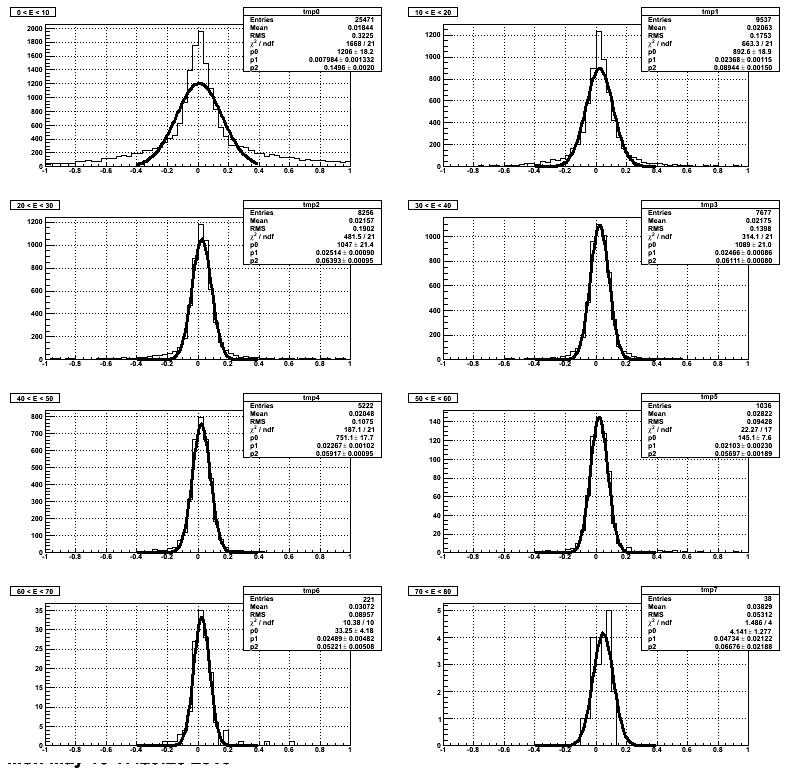
Figure 10. Column 9, 10, and 11 (away from the beam). Almost a constant displacement of ~10% cell size for all energy.
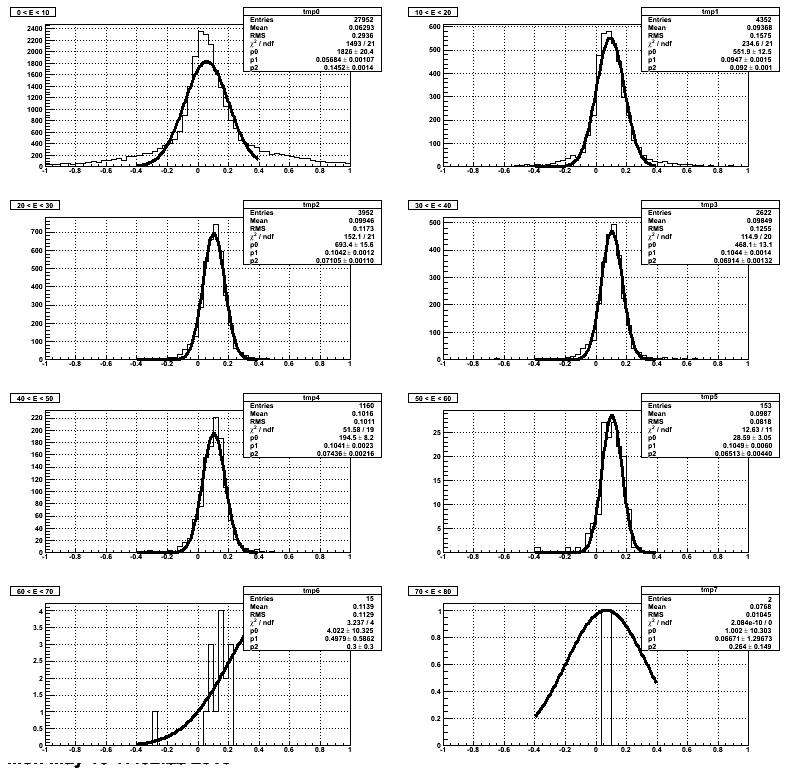
- jgma's blog
- Login or register to post comments
